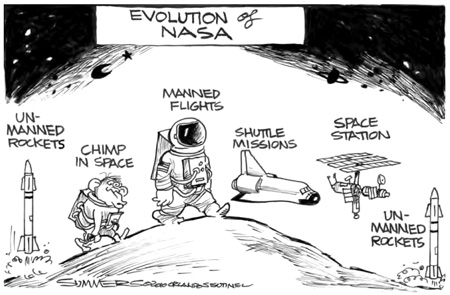

In orbital space, however, you are swinging at curveballs - and batting. This simplifies defensive targeting - at least in flat space. Or at least partly vaporizing them, the flash-off of the vaporized portion (maybe) serving to knock them aside.Īs seen by the target, the dangerous fragments are the ones that appears to hang in one place - if a frag shows any lateral drift, it is on its way to missing you. If it is crippled it blows itself apart into a cloud of fragments, and (depending on burst range, etc.) one or two will hit, unless they are zapped to a fare-thee-well, vaporizing them. Place a small bursting charge in a big kinetic target seeker.

A favored solution of mine is kinetic fragmentation, the shotgun approach. Of course, even a lump of molten wreckage will do it for you if it hits you anyway. The most effective zapping is at relatively long range, wrecking the guidance system and deflect motor so that the kinetic misses. The argument boils down to saying that while kinetics can be launched from outside laser range, they have to pass through laser range to hit a target, giving defensive lasers a chance to zap them first. This is the popular expression, in the haunts of SFConsim-l and similar places, for the unending debate about missiles v lasers. Guidance issues aside, Jameson had it pretty much right back in 1939. Yes, they'll need a deflect motor to steer them into the target, but your encounter speed will do the heavy work. If your encounter speed is 30 km/s (or even a 10 km/s stroll) there is not much need for a booster stage - just toss your kinetics out the hatch. Which actually casts a bit of doubt on the familiar image of kinetic missiles, at least for offensive use. Spacecraft with electric drive - which are likely in any setting with regular human interplanetary travel - can be expected to go around ten times faster, give or take, thus delivering a whallop of ~100 Ricks. Your encounter speed will probably be at least that much unless you make an orbit matching burn before the shooting starts. Now, 3 km/s is pretty much the slow end of space speeds. As a rough and ready measure, Ricks = (Vi / 3)^2, where Vi is impact velocity. This is Robinson's First Law, and someone at SFConsim-l duly coined the 'Rick' as a measure of kinetic punch. And kinetic energy goes up with the square of velocity, so an impactor hitting at 100 km/s delivers a whallop equal to about 1000 times its mass in TNT. For comparison, TNT delivers about 4.2 megajoules, meaning that at impact speeds much above 3 km/s a conventional explosive warhead merely adds insult to injury. The basic metric of kinetic weapons is that anything hitting you at 3 km/s - a rock, a throw pillow, whatever - delivers 4.5 megajoules of kinetic energy per kg of mass. But they still haven't caught on in science fiction.

At least they were rocket propelled! Current generation ABM technology does use kinetic weapons (kinetic kill vehicles, KKVs, being the favored jargon). It was the 1950s, after all, the age of nuclear hand grenades.

Death rays remained far more popular in the early Golden Age, while the rocketpunk era, though more given to missiles, assumed they would carry nukes. And because it came out long, I've split it into two posts.Ĭuriously enough, the first - and often prescient - known attempt to describe Realistic space tactics, by Malcolm Jameson in 1939 (scroll down a couple of screens) did feature kinetic 'mines,' but the idea was not taken up. The remainder of this discussion is about tactical combat between spacecraft, i.e. If you are out to wipe out a planet, just nuke the bejeezus out of it rather than spending months or years deflecting an asteroid. 'Strategic' kinetic bombardment of planets appeared in Heinlein's The Moon is a Harsh Mistress, and has been popular for slagging planets ever since we learned what an asteroid impact did to the dinosaurs. They never appeared in any story I recall reading when I was growing up - in fact, I don't recall ever reading a story that featured kinetics used against enemy spacecraft. So it is a bit surprising that kinetic weapons have played such a minor role in science fiction space battles. Space travel technology is largely about making vehicles go really, really fast.


 0 kommentar(er)
0 kommentar(er)
